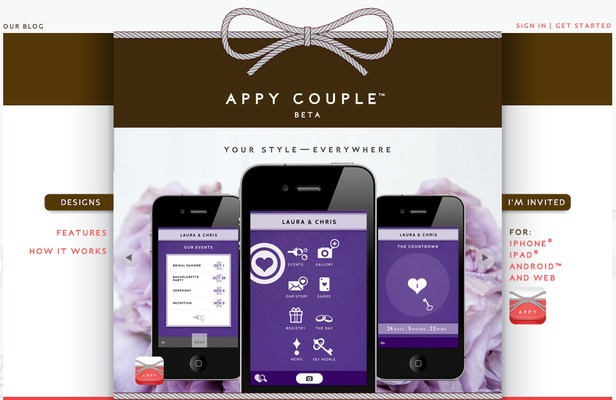“Scalability in Web 2.0 applies to business models as well as technology. ” from the lecture notes. In web 2.0 business model need to use scalable design technique to reduce the cost, improve reuse, and speed less to achieve more. In this week post, I will talk about the Lightweight models and cost effective scalability, which is the last pattern that I will introduce in this semester. In this post, I will use Wikipedia as an example.
Wikipedia was founded in 2001 by Larry Sanger and Jimmy Wales as an offshoot of Nupedia, a now-abandoned project to produce a free encyclopedia. Wikipedia as an online encyclopedia provides a huge platform for internet authors to create and edit.
(1) Scale with demand
As an online editable encyclopedia, to match the demand, wikipedia support 270 different kinds of languages, and allows internet authors from world round to create and edit posts. In addition, it attracted millions of visitors per month. Now, It is a trend that internet users usually ask wikipedia instead of reading the books when they doubt about the normal encyclopedia related things.
(3) Outsource whenever practical and possible
When talking about outsource, I think almost internet users like me may remember Wikipedia. It is a truly symbol of outsource. It is said that Wikipedia is a product of millions of authors outsource results. All usefully information is created by kinds of internet authors in different fields.
(4)Design for scale
MediaWiki a software works on Wikipedia is also an open-source program. It may be used on some third-party websites. Also, In November 2008, Wikimedia announced that it would partner with Sun Microsystems to help it build a secure and scalable open Web infrastructure.












